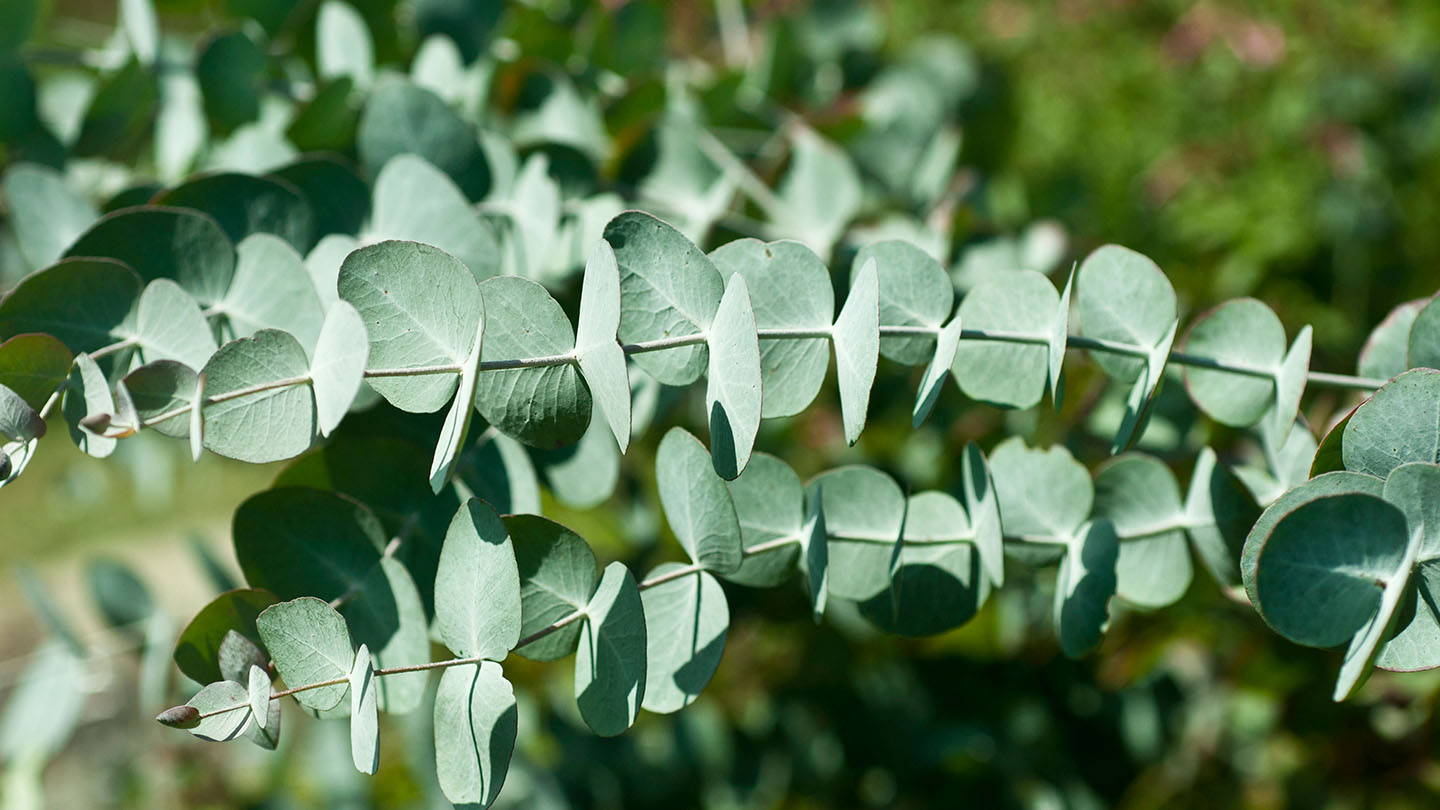Eucalyptus: A Versatile and Ecologically Important Tree
Eucalyptus is a genus of flowering trees in the myrtle family, Myrtaceae. Native to Australia, Tasmania, and New Guinea, these trees are renowned for their distinctive, aromatic leaves and rapid growth. Eucalyptus trees have been widely introduced to other parts of the world due to their economic value and ecological benefits.
Physical Characteristics

Eucalyptus trees exhibit a wide range of physical characteristics depending on the species. Some common features include:
Height: Eucalyptus trees can grow to be very tall, with some species reaching heights of over 300 feet.
Ecological Importance

Eucalyptus trees play a crucial role in many ecosystems. They are important for:
Biodiversity: Eucalyptus forests provide habitat for a wide variety of plant and animal species.
Economic Value

Eucalyptus trees have significant economic value. They are used for:
Timber: Eucalyptus timber is used for a variety of purposes, including construction, furniture, and pulp and paper production.
Cultivation and Management
Eucalyptus trees are relatively easy to cultivate and can thrive in a variety of climates. They are often planted for reforestation and timber production. Proper management practices are essential to ensure the health and productivity of eucalyptus plantations.
Conclusion
Eucalyptus trees are versatile and ecologically important plants with a wide range of uses. They are native to Australia and have been introduced to many other parts of the world. Eucalyptus trees play a crucial role in biodiversity conservation, soil erosion prevention, and carbon sequestration. Their economic value is significant, and they are used for timber, essential oils, honey, and ornamentals. Proper cultivation and management practices are essential for ensuring the sustainability of eucalyptus plantations.
FAQs
1. What is the tallest eucalyptus tree?
2. Where are eucalyptus trees native to?
3. What are the uses of eucalyptus trees?
4. Are eucalyptus trees good for the environment?
5. How do eucalyptus trees help with soil erosion?